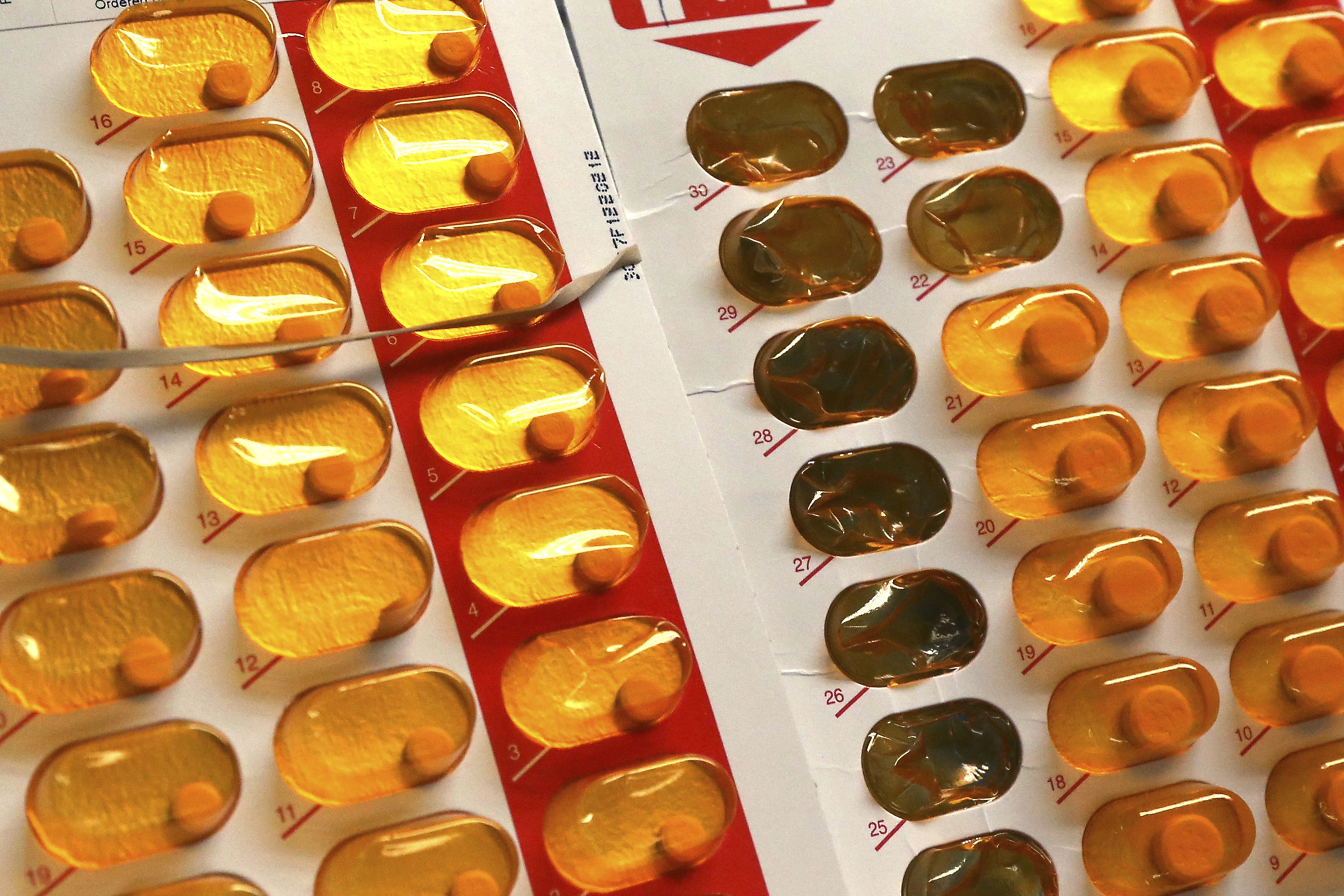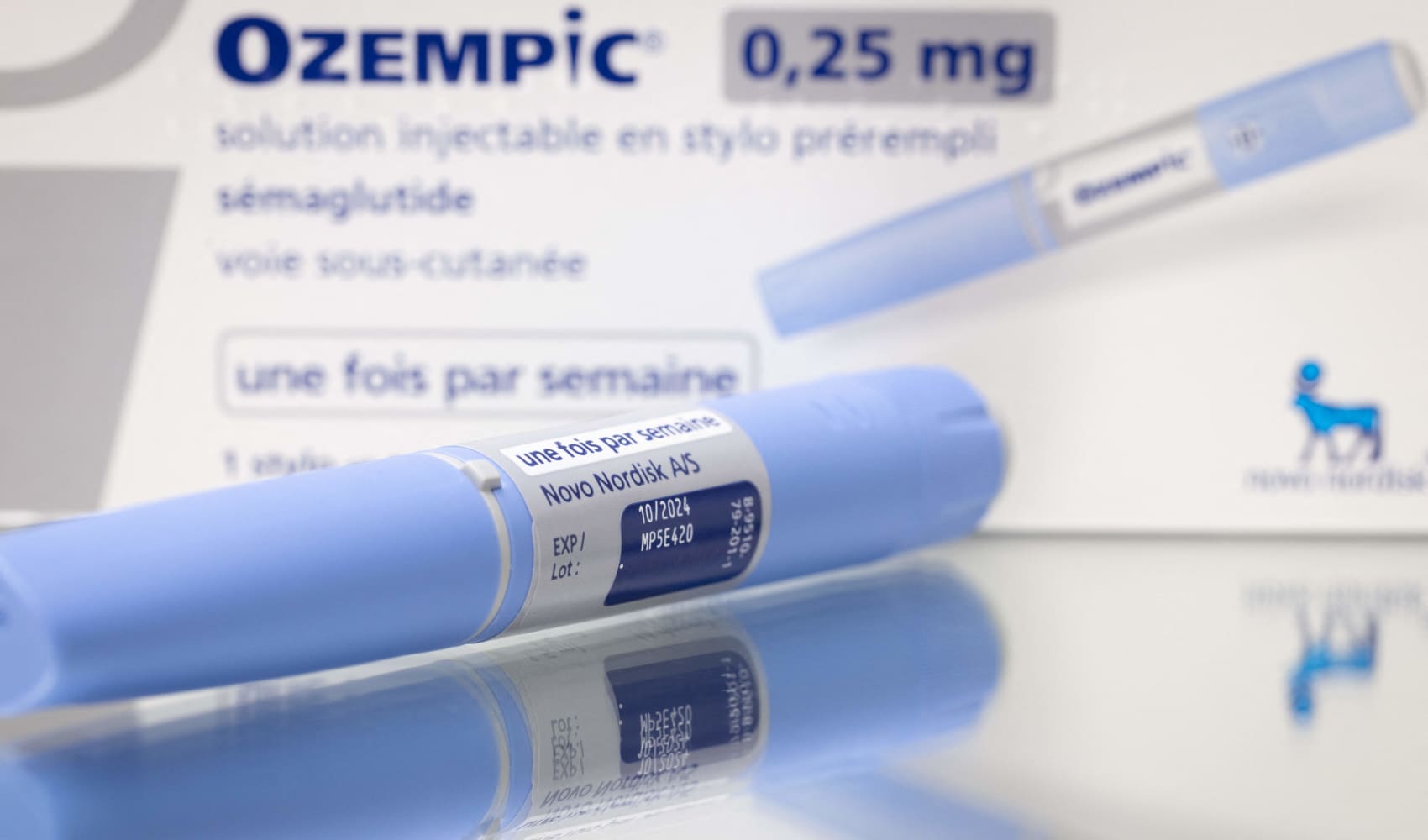Even the most macho of men can turn into big babies when it comes to going to the doctor. But most visits to the doctor are simply uncomfortable, not painful, and routine physical exams and screenings can help men prevent many serious diseases.
Still, with all of the recommendations out there, it is tough to keep the various tests straight. What do you need and when? Here's a guide to explain what all those tests and numbers mean. (Of course, if you are at high risk for a particular disease or have individual health concerns, your doctor may recommend that you begin certain screenings at an earlier time.)
Routine Exams
The good news is that some of the most important recommended screenings are already done as part of a routine visit to the doctor. Although you may not need certain screening tests every year, health insurance companies typically cover annual exams.
Body Measurement—Just step on the scale, have your weight and height measured and your doctor already knows a lot about your physical condition. Using these numbers to calculate your body mass index (BMI), your doctor will know if you are overweight, an indicator of increased risk for many health problems, such as type 2 diabetes and high blood pressure. This simple tool clues your doctor in to look more closely for these other problems. The American Heart Association (AHA) recommends that you have a body measurement every two years after the age of 20.
Blood Pressure—That inflatable cuff placed around your upper arm tells your doctor how much pressure your heart is generating when it is actively pumping, called the systolic pressure (the "top" number), and when your heart is at rest, called the diastolic pressure (the "bottom" number). A blood pressure between the range of 90/60 and 140/90 is considered normal by the AHA. Since high blood pressure is becoming increasingly common in men and puts you at risk for heart attack, stroke, kidney damage and other problems, it should be measured at least every two years.
Cholesterol Test—While a routine blood test may check for various blood components, the cholesterol count is one of the most important. After drawing a vial of blood, a lab will determine the amount of low-density lipoprotein (LDL) cholesterol, high-density lipoprotein (HDL) cholesterol, triglycerides and total cholesterol. High cholesterol, specifically LDL cholesterol, is a direct cause of heart disease, the number-one killer of American men. The AHA considers a total cholesterol count over 200 to be borderline-high and a risk marker for heart disease. High risk for heart disease is considered to be when cholesterol counts rise over 240. However, there has been some recent consideration to make these target numbers even lower.
Triglycerides are a form of stored energy derived from foods that are not immediately used. Normal triglyceride levels range from 45-150. Higher levels of triglycerides can cause pancreatitis, inflammation of the pancreas. Blood tests determining triglyceride levels should occur every five years, but your doctor will probably recommend more frequent testing if anything is abnormal.
Health
Testicular Examination—Since testicular cancer is the most common malignant cancer in American men, your doctor should check your testicles for any change in size or shape, starting in your mid-teens, according to the American Cancer Society (ACS). Monthly self-exams are sometimes recommended by a doctor as well.
Beginning at Age 50
Middle age brings an increased risk for many diseases, especially cancer. It is important that men get screened for these diseases beginning at age 50 and repeat these tests as recommended.
Colorectal Cancer Screening—There are four tests typically performed to screen for polyps in your colon and rectum, which may become cancerous.
- Fecal Occult Blood Test (FOBT)—This simple test chemically checks your stool for blood that may not be visible under a microscope. A fecal sample is smeared onto a card and sent to a medical laboratory to be evaluated for the presence of blood. This test should occur yearly.
- Flexible Sigmoidoscopy—A thin, flexible tube is inserted into your rectum and used to look at the lower portion of the colon. More awkward than uncomfortable, this exam takes about 15 minutes and should be done every five years.
- Colon X-ray—Sometimes coupled with the sigmoidoscopy, this test involves inserting liquid barium into your colon, which appears white on an X-ray. The barium outlines the inside of your colon to allow your doctor to see anything unusual. This test takes about 20 minutes to complete and should be repeated every five years.
- Colonoscopy—You doctor inserts a thin, flexible colonoscope into your rectum to examine the entire length of your colon. Some patients find this procedure uncomfortable, so your doctor may sedate you a little during the 30-minute procedure, which should occur every 10 years.
According to the ACS, screening for colorectal cancer should begin at age 50, unless you have a family history of colorectal cancer or a history of inflammatory bowel disease. If you are at higher risk, your doctor may recommend more frequent screenings.
Prostate Cancer Screening—A digital rectal exam (DRE) is used to detect an enlarged prostate or prostate cancer. While an enlarged prostate is fairly common and generally harmless, it may indicate a more serious condition. During the DRE, your doctor will check the prostate gland for any abnormalities. The prostate-specific antigen test (PSA) is a blood test that measures the amount of a protein secreted by the prostate. If this amount is elevated, it may indicate an enlarged prostate or cancer. However, the accuracy of the PSA test is still unclear and some organizations do not recommend routine screenings. However, the ACS recommends that these screenings begin at age 50, but earlier in African American men and others who are at higher risk for prostate cancer.
Caring All of Your Parts
On top of these exams, the American Academy of Ophthalmology recommends an eye exam for men once after the age of 20, every two to four years after the age of 40 and once or twice a year after the age of 65. This examination should include a general eye exam to determine if you need glasses or if your prescription is accurate and tests for common eye problems such as glaucoma, macular degeneration and cataracts.
And don't forget about your teeth. Regular dental visits will prevent cavities and keep your chompers clean. Evidence is mounting that shows how good oral hygiene can help lower risk for certain diseases, such as heart disease. Additionally, dentists can detect oral cancer.
Going to the doctor for all of these tests can seem like a pain, especially if you are feeling well. But if you are proactive about your health, many of the most common diseases can be caught early, preventing the need for even more visits to your doctor.



